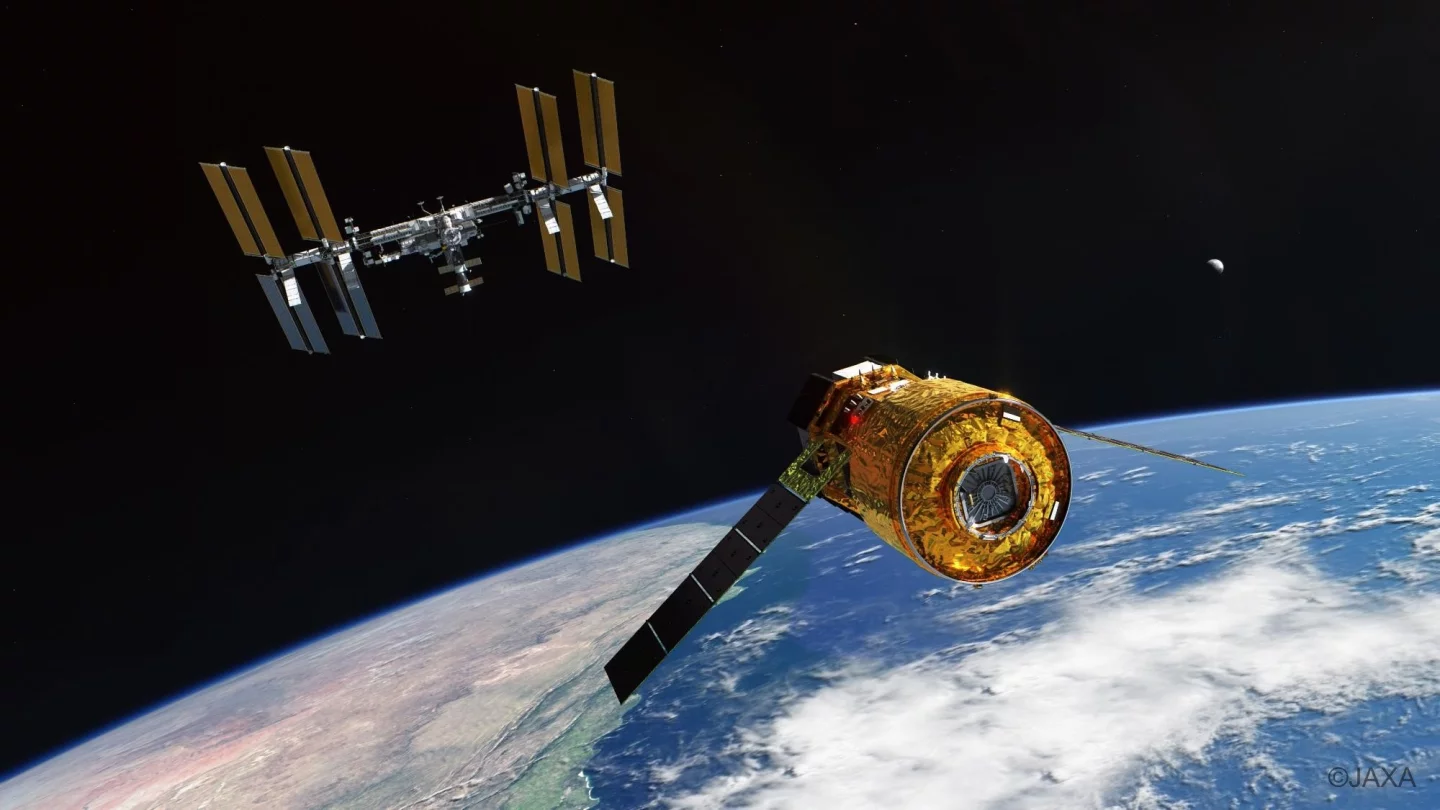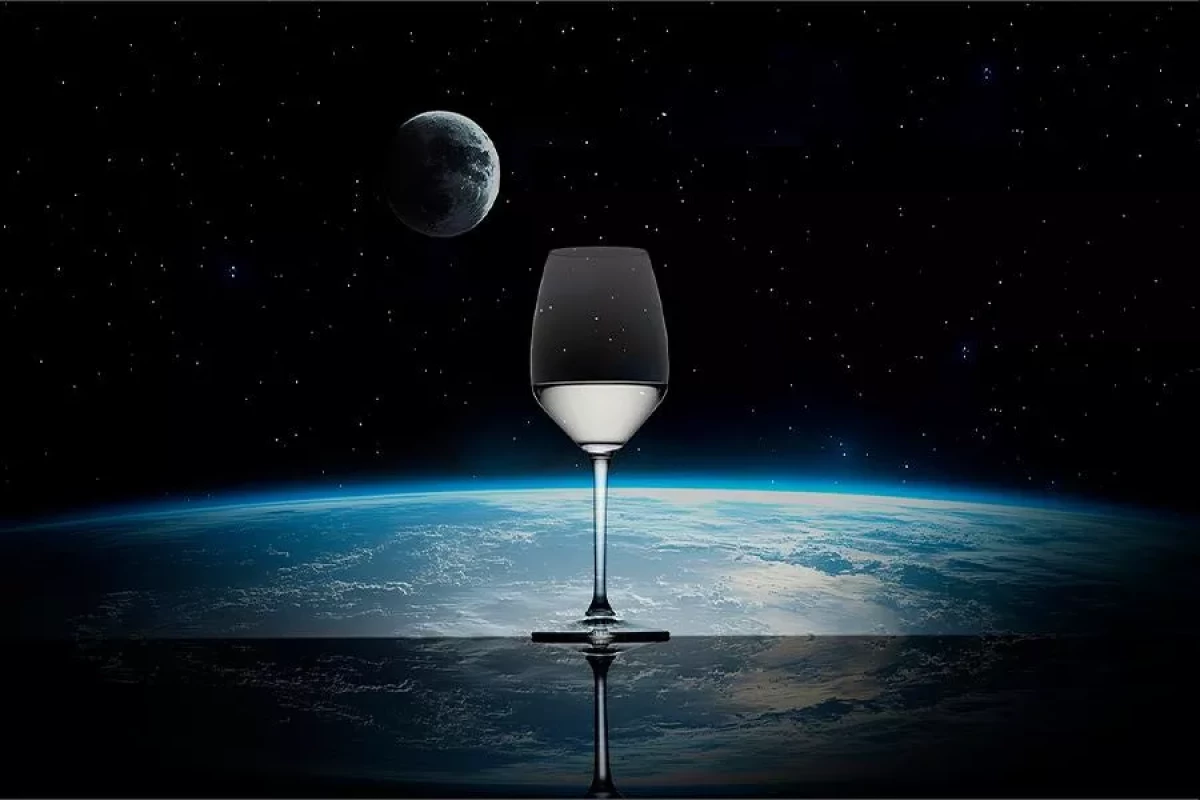They're not serving sushi on the Moon – yet – but if or when they do, Mitsubishi Heavy Industries and DASSAI want sake on the table. To attain this quaffable goal, the companies are sending a rice fermentation experiment to the International Space Station (ISS).
One of the running gags of the Space Race was the unappetizing nature of the food astronauts packed for their trip to the Moon. No matter how bold or historic the adventure, sitting down to a meal of dehydrated applesauce, chicken sandwich cubes coated in gelatin, reconstituted shrimp cocktail and Tang won't do much for morale.
While such a menu may be tolerable for a two-week flight to the Moon, it can (and almost has) cause a mutiny on longer missions, which is why NASA and other space agencies have worked hard on improving orbital cuisine. However, aboard the ISS, for example, the food seems less like some futuristic lab experiment and more like a succession of box lunches washed down with lukewarm coffee.
With plans to establish permanent outposts on the Moon and send missions to Mars, food starts to take on a much more serious place in the scheme of things – even more so than on the ISS because there's a huge incentive to live off the land. This means not only providing morale-boosting menus, but ones that can be put together from foods grown on the Moon itself.

Of course, man or woman does not live on bread alone. There must also be a beverage, so Mitsubishi and DASSAI in conjunction with the Aichi Industrial Technology Institute want to include the national drink of Japan, sake, to make life away from home a little brighter. The problem is that shipping sake to a lunar outpost would be prohibitively expensive, so the logical alternative is to figure out how to brew it a quarter of a million miles from Earth.
Dubbed the DASSAI MOON Project, the idea is to determine if it's possible to develop the technology required to brew sake under lunar conditions using rice grains imported from Earth and water from lunar ice. That sounds simple enough, but brewing sake is extremely complicated and relies heavily on fluid dynamics that change dramatically under lunar gravity.
To learn more about the process, DASSAI MOON will hitch a lift on October 21 aboard JAXA's first HTV-X cargo resupply vehicle to the ISS. The apparatus is an automatic closed system that incorporates a fermentation vat and a centrifuge to simulate lunar gravity. This will be installed in the Cell Biology Experiment Facility-Light (CBEF-L) located within Japan's Kibō module on the space lab.
Without going into an incredibly fascinating account of sake brewing (well, I think it's fascinating), the tricky bit is that sake is unique. While it is technically a beer, it depends on what is called parallel multiple fermentation, which means that in the vat starches are turned into sugars and the sugars into alcohol all at the same time using carefully cultivated fungus and yeast.
The experiment will run for about two weeks after which 520 g (18.3 oz) of fermented sake mash will be frozen and returned to Earth. Back in Japan, part of the mash will be further processed into sake. This will make a single, exclusive 100-ml (3.5-oz) bottle of DASSAI MOON – Made in Space sake, which will be sold for ¥110 million (US$720,000). The proceeds will go to Japanese space development initiatives. Meanwhile, the remaining portion of the mash will be retained for scientific analysis.
The question now is whether this will spark a space race to produce lunar IPAs, lagers, and stouts, though, hopefully, not those ghastly over-hopped brews that they keep insisting on stuffing fruit into against all logic.
Source: Mitsubishi Heavy Industries






